
Poetics of Relation
Tender Comrade, currently on show at Sydney’s White Rabbit Gallery, creates a new vocabulary of queer kinship by reimagining the relationship between artworks, bodies and space.
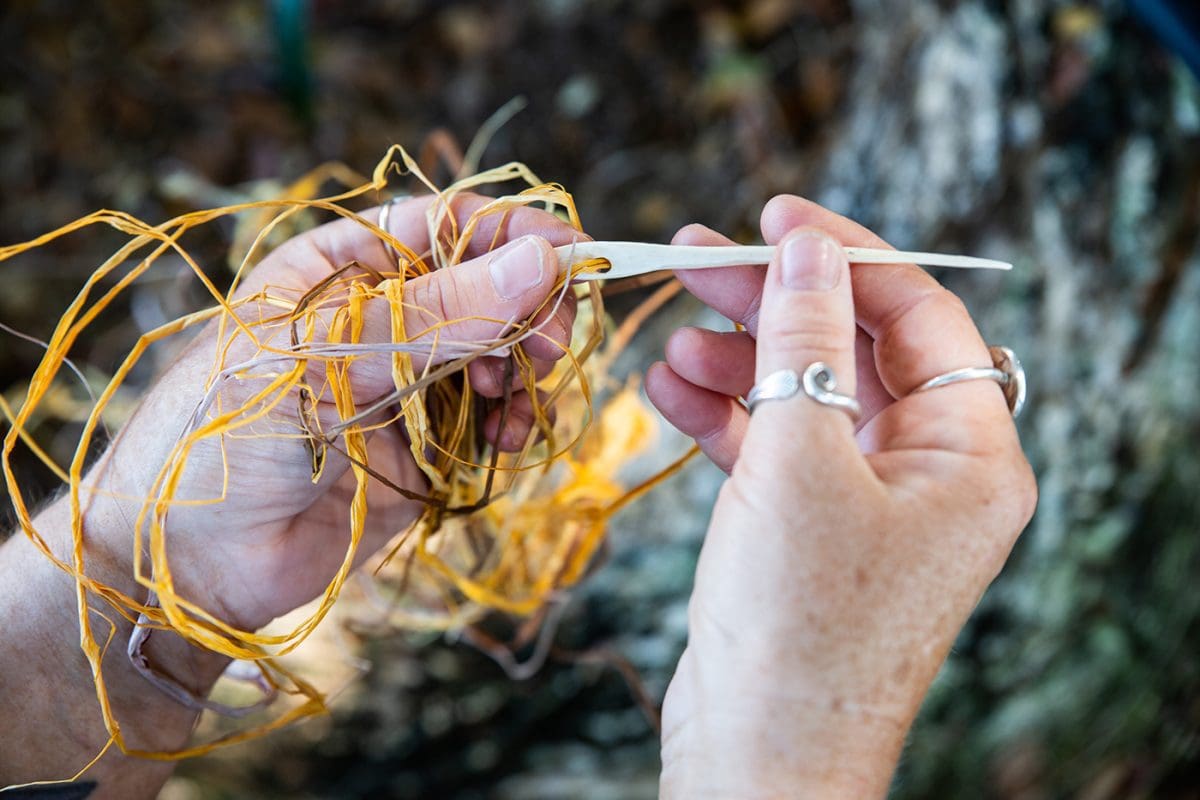
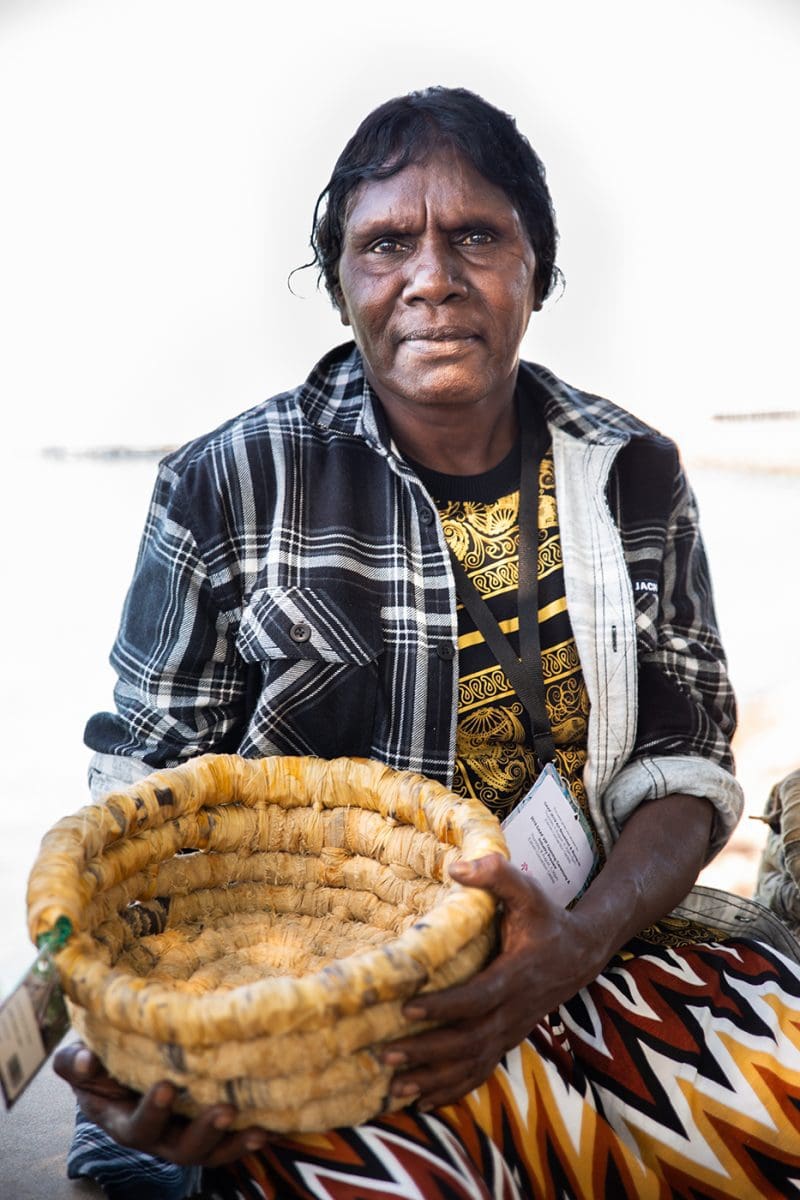


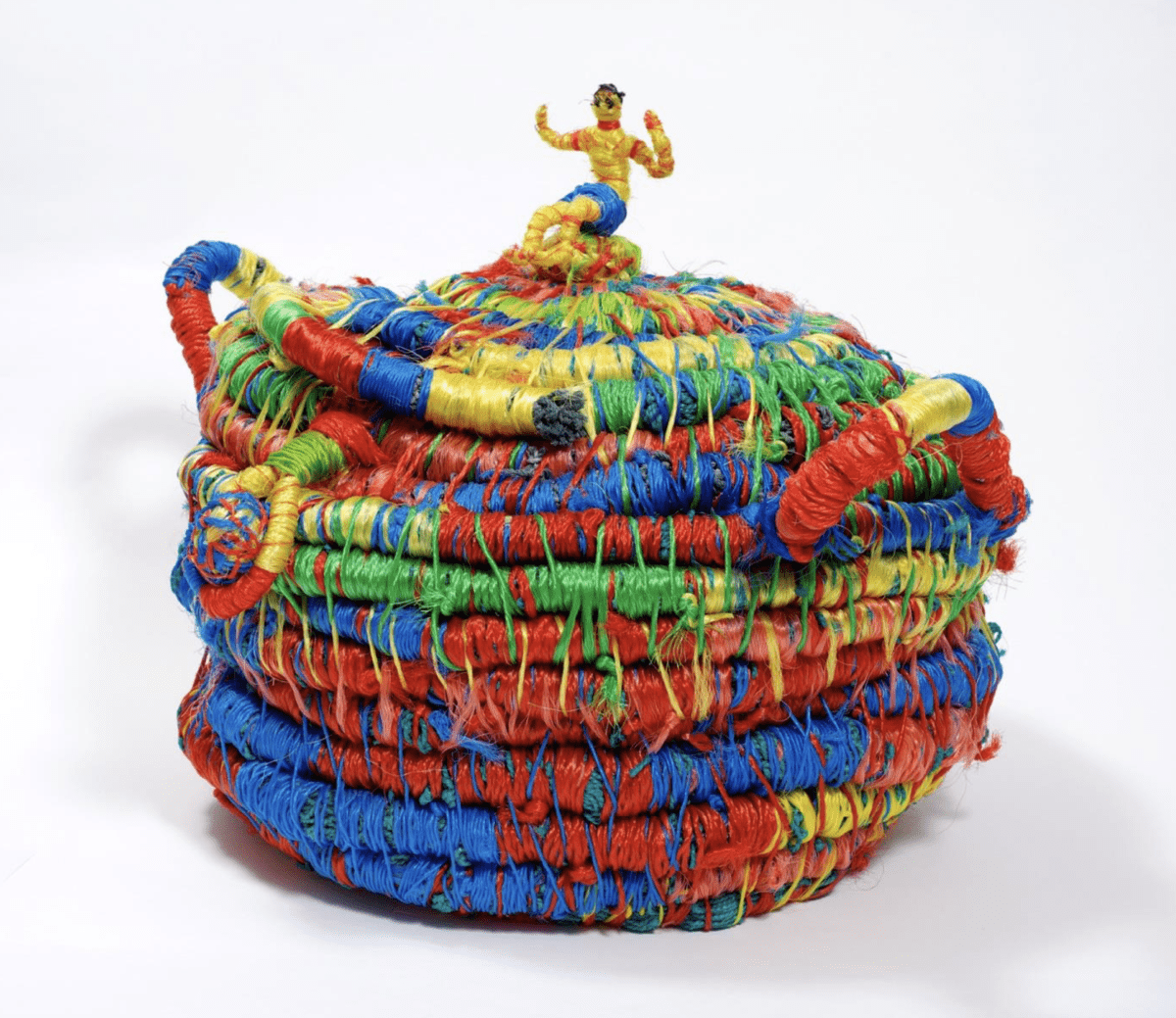
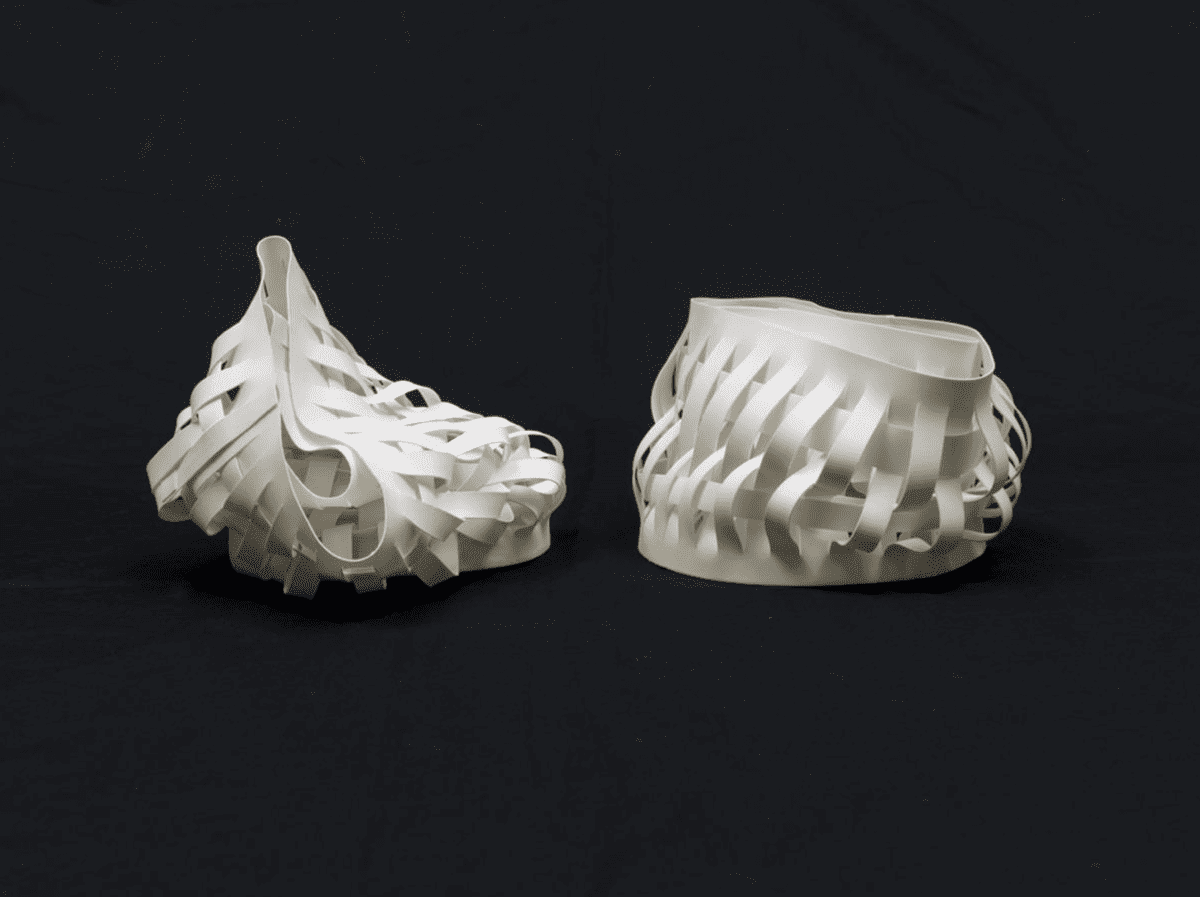
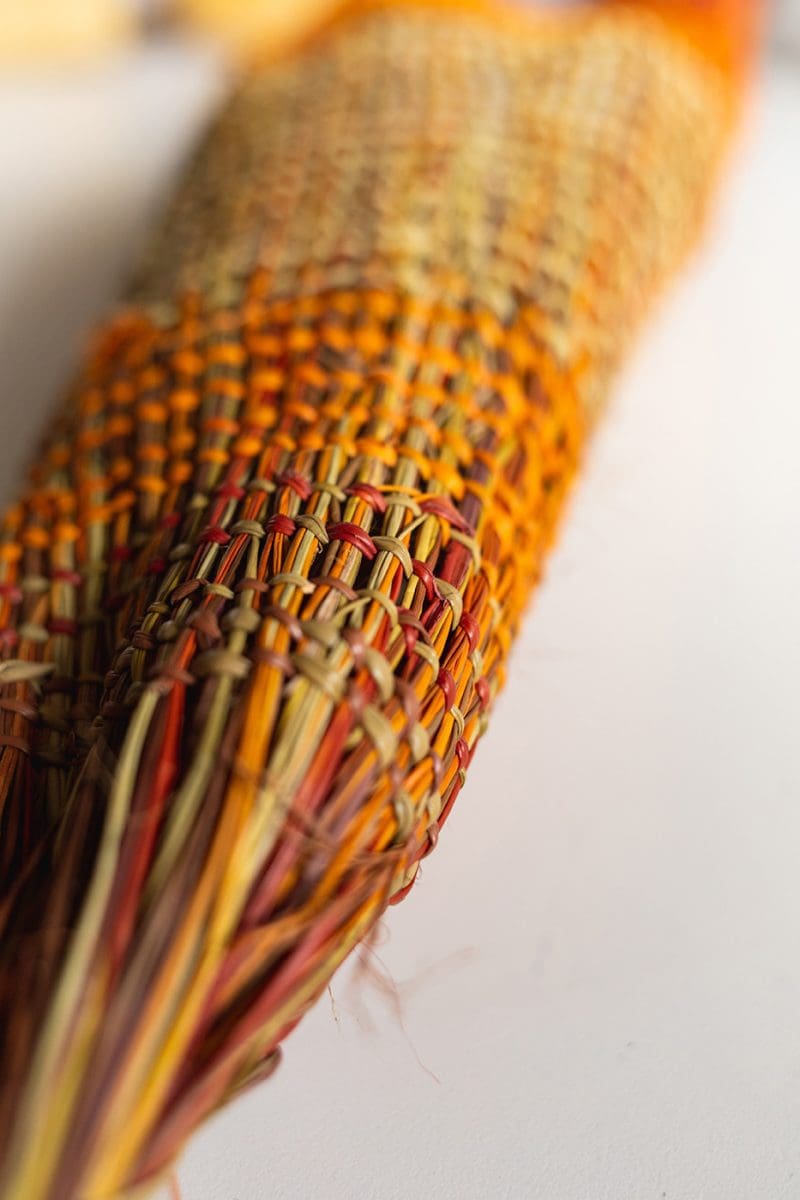
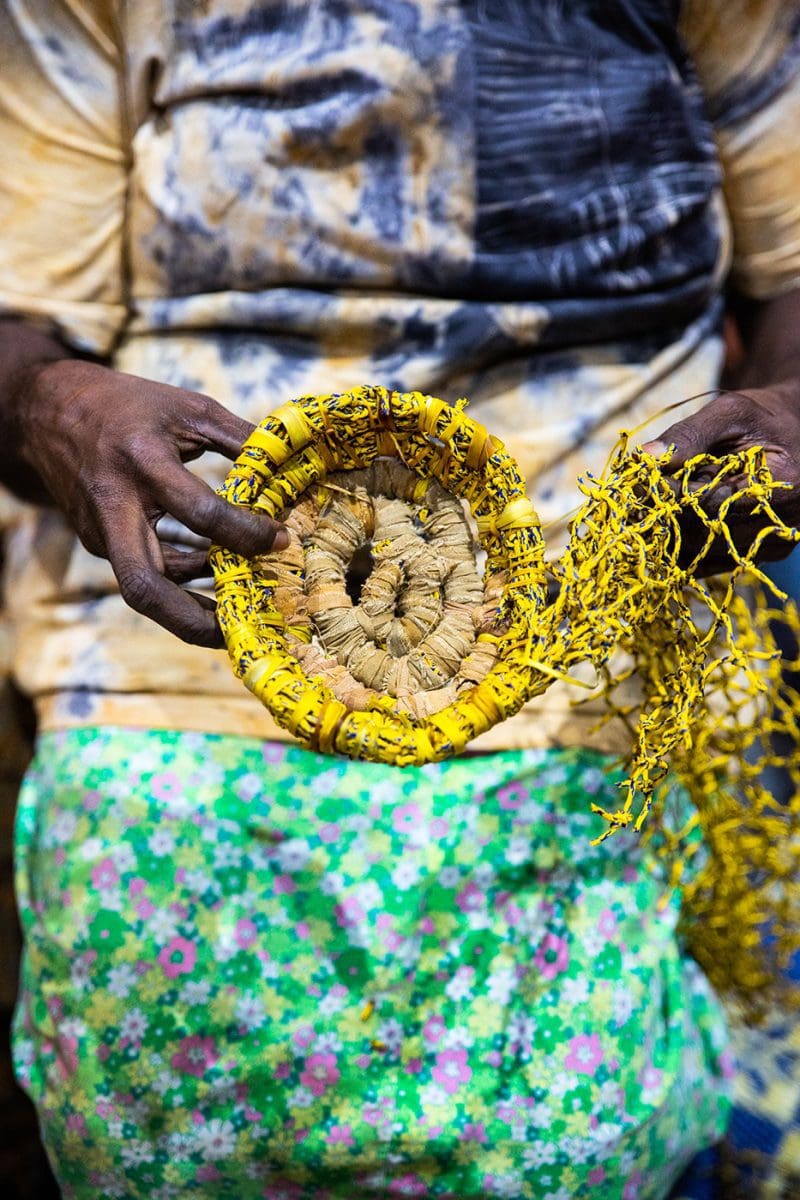
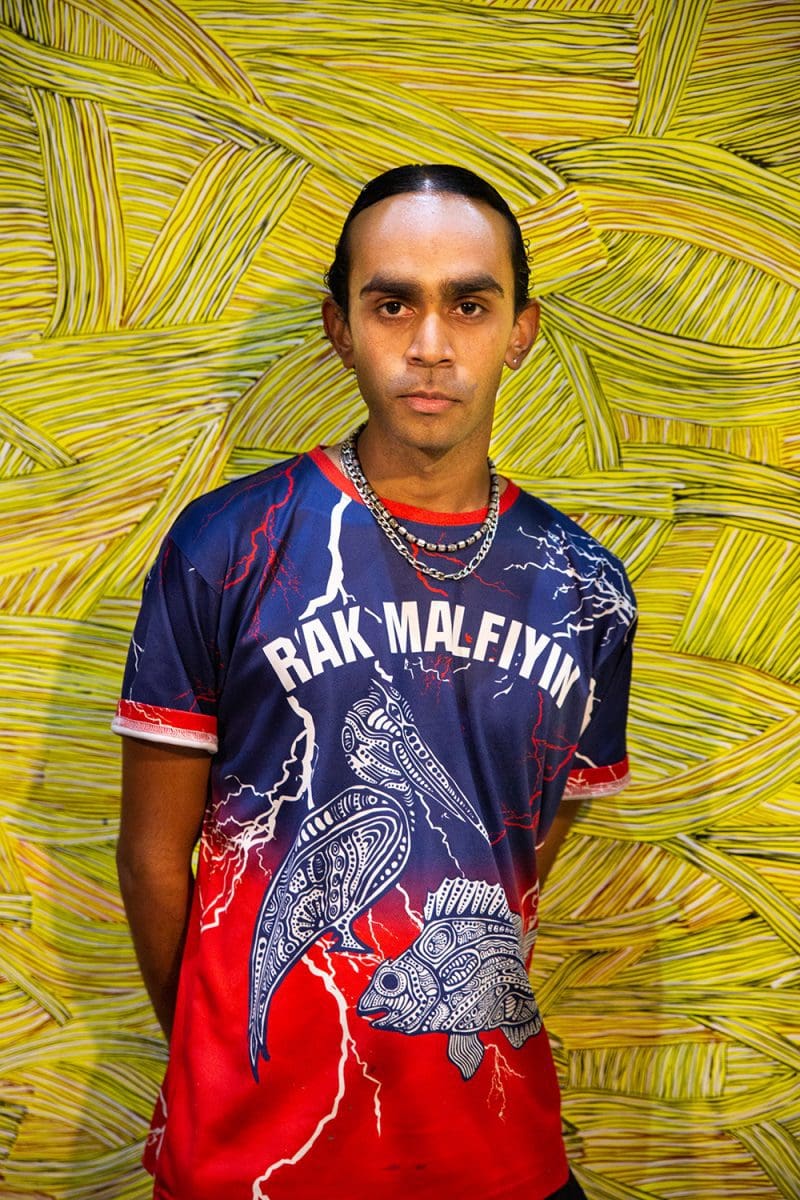
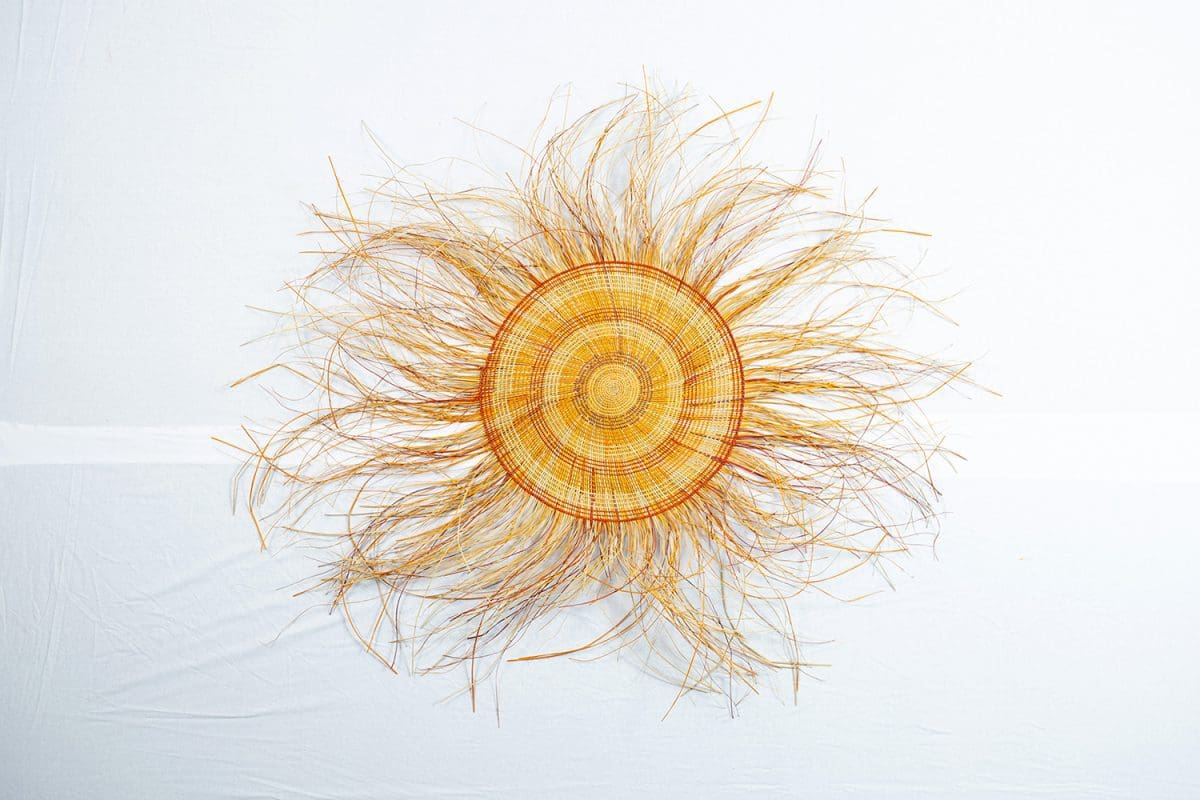
According to current archaeological research, weaving is at least 27,000 years old. Evidence of prehistoric textile existence is less common than the metals and ceramics commonly used to date Eurasian eras. Textile artefacts need close attention to identify. The earliest textile object so far comes from not an actual textile but a tiny piece of hardened clay from a fire site carrying a faint but crucial imprint of woven cord. This trace is an apt metaphor for the enduring nature of Indigenous textiles practices despite interruptions and the attempted cultural erasure of colonialism. Two exhibitions in two different cities are currently showing a range of vigorous contemporary practices.
In The Alchemists at The Goods Shed in Claremont, WA, contemporary textile artists from across Australia demonstrate transformative adaptation to changing ideas and materials. “Artists fuse ethno-botanical knowledge of their particular Country with chemistry, creativity, and individual expressions into various woven forms,” says curator Sharmila Wood.“The works and their creators perform a most special mixture of artistry and alchemy.”
Works in The Alchemists reveal this deep traditional knowledge as well as redeploying new materials such as ghost nets (fishing nets lost at sea that pollute and are hazardous to sea life). These are incorporated into some northern Australian textile practices. “Pormpuraaw artist Syd Bruce Short Joe (western Cape York Peninsula) describes the process as a transformation of something terrible into something beautiful and meaningful,” says Wood.
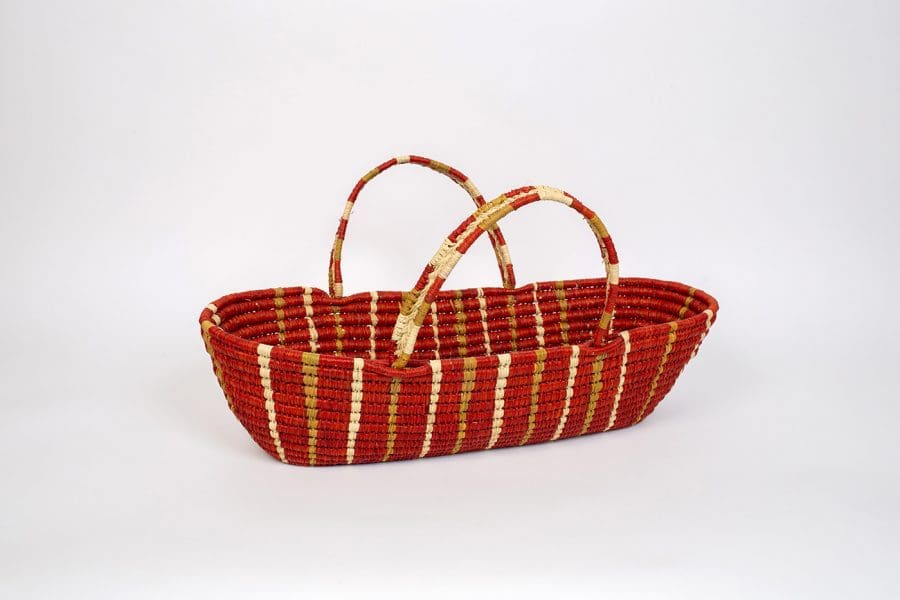
This responsiveness to change, and the capacity to transform materials for new meanings, gives these works particular contemporary resonance. As Wood points out, “With growing awareness about the impact of climate change, and the mobilisation of movements against mass production and industrialised processes, the woven form as an expression of local community production and involvement has lessons in ingenuity and sustainability.”
Freja Carmichael, a Ngugi woman from Quandamooka Country, has curated Weaving the Way at the UQ Art Museum in Brisbane which features the works of 18 contemporary textile artists. “During an internship with the museum in 2009–2010, I had the opportunity to engage with historical baskets and bags collected from Quandamooka for the first time, as well as fibre works from across Queensland,” explains Carmichael. “I was so moved by the stories and histories these works held, and their diversity of traditions and techniques. Since then, I have continued to explore fibre practices through my curatorial projects, focusing on links between the past and their continuing importance to First Nations culture today.”
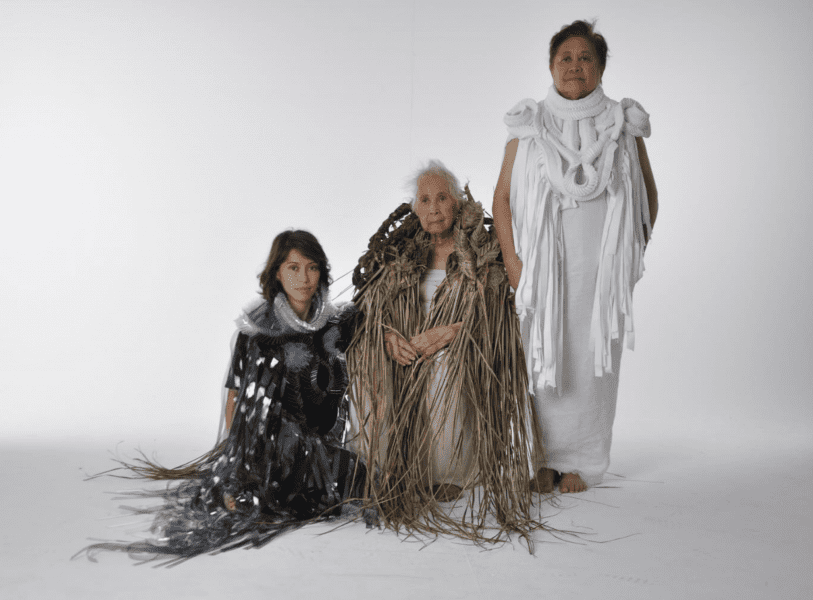
Carmichael’s curatorial approach flows across space, time and media. The exhibition includes painting and video alongside traditional fibre works. “Culture is continuous, moving, changing and adaptable, not static or cemented in the past,” says Carmichael. “The diversity of mediums reflects contemporary expressions that honour deep knowledge, teaching and practices.”
Freja Carmichael’s sister and fellow Ngugi woman from Quandamooka country Elisa Jane Carmichael is one of the artists in Weaving the Way. Her works contain deliberate voids and gaps as a strategy to clue-in the viewer to historic losses. “I’m acknowledging the harsh times and the impacts colonisation had on our weaving practices. The time unknown when our weaving wasn’t passed down, as cultural practices were forced to stop. The time our weaving practices had been sleeping, and the time growing up not knowing how to weave as a result of colonisation,” she says.
Elisa Jane Carmichael has drawn inspiration from museum collections as well as using special loop and knot techniques particular to Quandamooka Country. “There are some beautiful baskets in the University of Queensland collection made during the mission times using coiling techniques,” she explains. “They are embellished with beautiful string looped patterns, which I really love to see as it’s a visual of the weaver’s personality coming through even in dark times.”
Both The Alchemists and Weaving the Way pay tribute to the persistence of culture and the strength and innovation of women. As Sharmila Wood says, “Often guided by relationships between women weavers across the generations as teachers, guides and mentors, the culture of weaving is also about relationships and our responsibility to each other.”
The Alchemists
The Goods Shed
4 October – 31 December (closed public holidays)
Weaving the Way
UQ Art Museum
26 July – 18 January 2020 (closed public holidays)